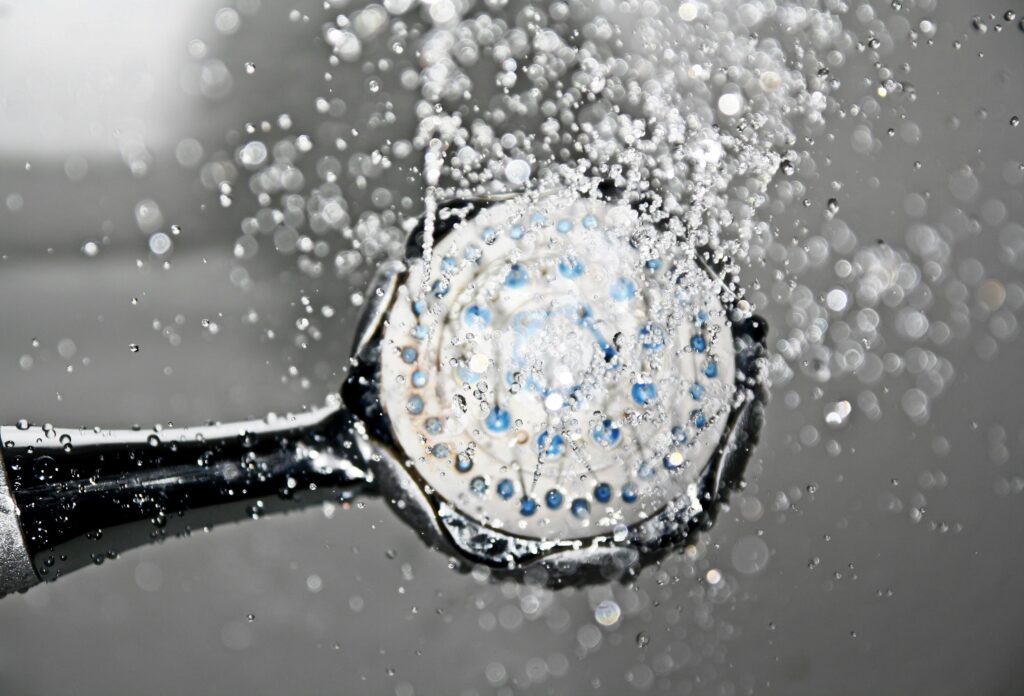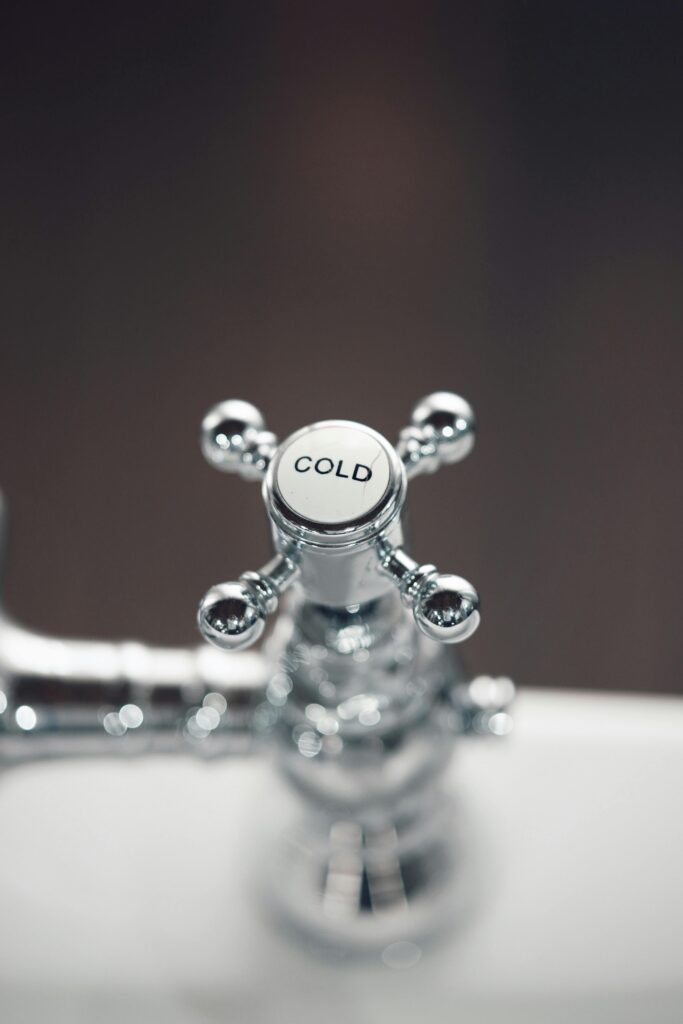Meta Description: Can cold showers really reduce anxiety? Discover the science behind cold exposure therapy, its mental health benefits, and how to try it safely.
Introduction
Feeling anxious and looking for a natural way to calm your mind? Cold showers, an ancient practice now backed by modern science, might be the unexpected solution. While the idea of willingly stepping into cold water sounds unpleasant, research suggests it can lower stress hormones, boost mood, and reduce anxiety symptoms.
But does this cold therapy actually work—or is it just a fleeting trend? In this article, we’ll explore:
- The science behind cold showers and anxiety relief
- How cold exposure affects the nervous system
- Step-by-step tips to incorporate cold showers safely
- Who should avoid this practice
Let’s dive in (pun intended).

The Science Behind Cold Showers and Anxiety
Cold exposure triggers a physiological shock response, which influences brain chemistry and stress regulation. Here’s how it works:
1. Activates the Parasympathetic Nervous System
- Cold water immersion stimulates the vagus nerve, which helps calm the body after stress.
- This shifts the body from “fight-or-flight” (sympathetic) to “rest-and-digest” (parasympathetic) mode.
2. Reduces Cortisol (Stress Hormone) Levels
- A 2020 study in Medical Hypotheses found that cold showers may lower cortisol, reducing chronic stress.
3. Boosts Endorphins & Norepinephrine
- Cold exposure increases endorphins (natural painkillers) and norepinephrine (a neurotransmitter that improves focus and mood).
4. Builds Resilience to Stress
- Regular cold exposure trains the body to handle stress better, similar to meditation or breathwork.

Cold Showers for Anxiety: Pros and Cons
| Pros | Cons |
|---|---|
| ✔ Fast-acting anxiety relief (shock resets nervous system) | ❌ Initial discomfort (hard to start habit) |
| ✔ No cost or medication needed | ❌ Risk of overstimulation (if overdone) |
| ✔ Improves circulation & sleep | ❌ Not safe for heart conditions |
| ✔ Enhances mental resilience | ❌ Can trigger panic in some people |
How to Use Cold Showers for Anxiety (Safely)
Step 1: Start Gradually
- Begin with 30 seconds of cold water at the end of a warm shower.
- Gradually increase to 2-5 minutes as you adapt.
Step 2: Control Your Breathing
- Deep, slow breaths prevent panic (similar to Wim Hof Method).
- Avoid hyperventilating—focus on steady inhales/exhales.
Step 3: Make It a Routine
- Best times: Morning (energizing) or evening (if anxiety keeps you awake).
- Consistency matters—3-5x per week for lasting benefits.
Step 4: Listen to Your Body
- Stop if you feel dizzy, numb, or overly stressed.
- Never force it—mental benefits come from controlled exposure, not suffering.

Who Should Avoid Cold Showers?
🚫 People with heart conditions (cold shocks can spike blood pressure).
🚫 Those with Raynaud’s disease (extreme cold sensitivity).
🚫 If you have severe anxiety/panic disorders (could trigger attacks).
🚫 During illness or fever (body needs warmth to heal).
Alternatives for Anxiety Relief
If cold showers feel too intense, try:
🔹 Contrast therapy (alternate warm/cold water).
🔹 Ice cube on wrists (quick nervous system reset).
🔹 Breathwork (4-7-8 method) for instant calm.
Frequently Asked Questions (FAQ)
1. How long until cold showers reduce anxiety?
Some feel immediate relief, while long-term benefits build over 2-4 weeks of regular use.
2. Do cold showers help with panic attacks?
They can interrupt acute panic by shocking the nervous system, but aren’t a standalone treatment.
3. Is a cold bath better than a cold shower?
Baths (10-15°C) have stronger effects, but showers are more practical for daily use.
Final Verdict: Should You Try It?
✅ Worth experimenting if you want a drug-free anxiety tool.
✅ Best combined with therapy, exercise, and good sleep.
❌ Not a cure-all—avoid if you have health risks.
Try it: Start with 15 seconds tomorrow and see how you feel!
Sources:
- NIH Study on Cold Exposure & Mood (2020)
- Wim Hof Method Research
- American Psychological Association – Stress Relief Techniques
This article blends science-backed facts with actionable tips, using a comparison table for clarity. Let me know if you’d like adjustments!